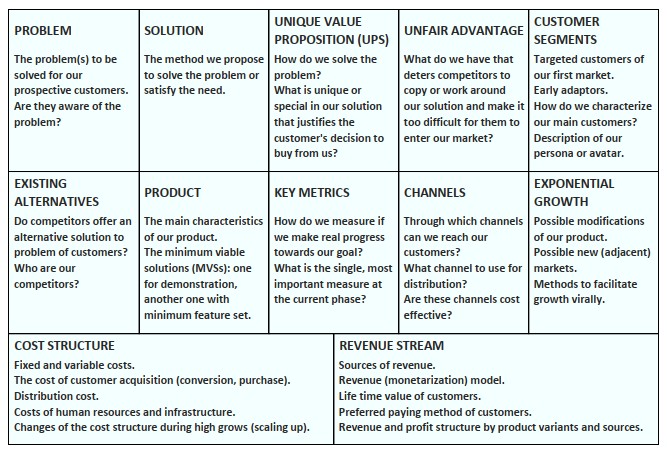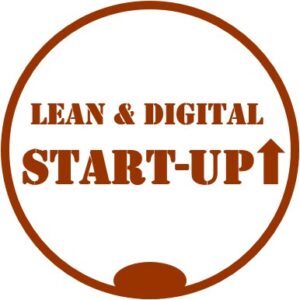It is a big decision to establish yourself as an entrepreneur. Many people dream about his or her own startup, but never dares to commit him or herself. We are here to help you to make an informed decision.
It was never easier and cheaper to start a web-based business (see The $100 webshop blog post). Many people succeed starting with only a few hundred dollars. However, it is still risky. Not only you can lose your starting capital, but failing can be detrimental to your self-confidence and your human relationships may also suffer.
A good idea itself isn’t enough. What extremely important is to follow a good strategy and process. This is called the lean startup method. It is the best possible approach if you develop your own product, but can save your life even when you resell products.
You have to select an idea which has good market potential, doesn’t contradict your life goals and is based on your strength, rather than your dreams. Better yet, it has the potential to sell the product or service nationwide or even internationally.
Do a quick evaluation of your idea (takes only a few minutes) or customize idea evaluation to your specific needs using the Decision tool in the Lean Startup know-how pack.
Before committing yourself to quit your job and start a new business a lot of marketing research has to be done. Let us suppose the result is encouraging and the future looks bright. Do you develop the product or buy big stocks of the product? No! That is the biggest mistake people often make.
What if the customers will not buy your product? Maybe you have found that they have a problem or a need you could solve, but it is not your solution they want. At least not in the present form. It is not surprising that up to 80% of startups fail in 5 years.
The first thing you have to do is to prepare a good business plan, right? Wrong! It is a waste of time to make a traditional business plan for a startup. What we need at this phase is a good business model, which will answer several important questions, such as:
- What is the problem you want to solve, the need you want to satisfy?
- How would you solve the problem?
- Who are your competitors and what are the existing alternatives to your solution?
- What is your unique value proposition (UVP)?
- Do you have an unfair advantage?
- Who are your potential customers and how would you reach them?
- How do you achieve (preferably) exponential growth?
- What are the expected costs and revenue streams?
- How will you measure advancement?
The best thing is to summarize all the answers on one single piece of paper or worksheet. That is called the Lean Canvas.

Another key element of the canvas (and your success) is the way you develop your product. You should not try to sell what you have made, but rather make what you can sell. The key concept here is what we call the Minimum Viable Product (there can be several versions and phases). In other words, the good practice is to develop products and customers in parallel.
Is your plan to set up a web-shop and resell products you buy at wholesale price? All the above apply except that you don’t develop a Minimum Viable Product (MVP). Instead, buy small amounts of the chosen product to test the market, before you commit yourself to build a big stock you may never sell.
You can read all about this in our eBook, In Search of the Lean Startup (get it FREE by signing-up to our newsletter – right column, or scroll down on mobile, also see our strict Privacy Policy).
updated: 28-May-2021
